Camouflage & Markings: Spitfire from 1938 to 1940
Creating balance with all my Hurricane profiles so far posted, here are the early Spitfires. With all the literature that has been published on the Spitfire not a great deal is left to say, but here are a few notes for modellers.
The first squadron to get them was 19 Sqn, based at Duxford near Cambridge in August 1938. Like 111 Squadron's Hurricanes they had the squadron number painted on them for identity, without any code letters or badges. Roundels on the fuselage and upper wings were Type A1 with yellow outer ring, with Type A (no yellow) below the wings. Undersurfaces were painted silver all over, with black serial numbers below the wings. With the Munich Crisis slightly later in 1938 grey code letters were introduced for identity, with the smaller size blue/red roundels on the fuselage and upper wings only. Undersurfaces were painted black on the left side and white on the right with the fuselage usually silver. No markings were applied to the undersurfaces at all at this stage. In the summer of 1940 undersurfaces were changed to sky, which led to the use of different colours for a time due to the lack of any paint stocks of the official sky colour! Various colours described as duck-egg green, duck-egg blue, eau de nil, and the official sky blue and possibly sky grey were used, including ordinary commercial, non-aircraft, oil paints on the squadrons. This situation went on for an unknown period of time (weeks?) from June 1940 and affected many RAF aircraft.
Detail differences applied to Spitfires through this period were:
- armoured windscreen from autumn 1939;
- rear view mirror from February 1940,
- change of radio aerial mast and wires from May 1940
As usual, it's always best to check with photos where possible for any particular aircraft being modelled.

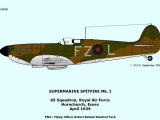
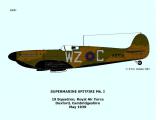

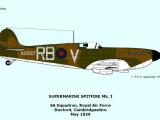
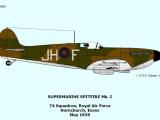
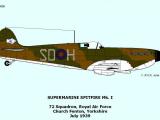
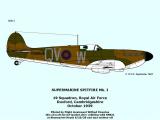
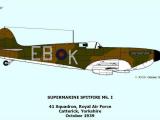

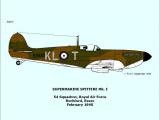
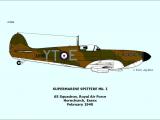
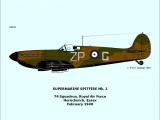
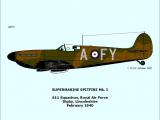
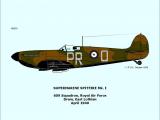

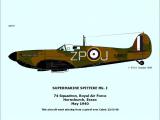
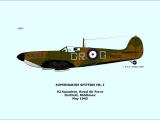
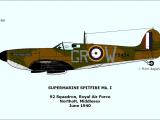
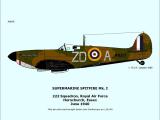
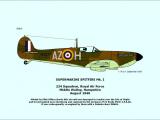
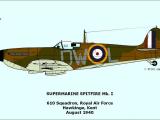
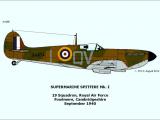
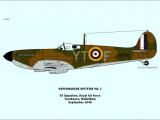


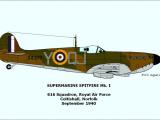
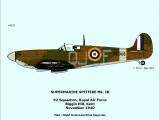
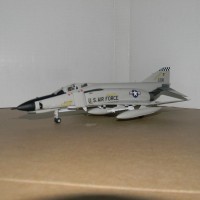
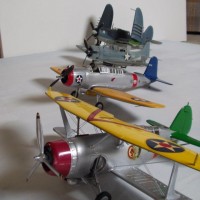
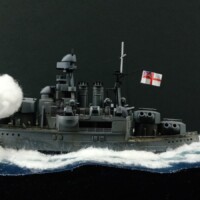
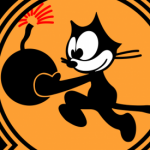
It is always nice to see some Spitfire profiles posted,
Thanks Rick for posting.
Very nice color plates for reference. I like 'em.
Great information Rick, thanks for posting.
Very good info Rick. The early canopy/windshield configurations are of interest. In Larry Forrester's "Fly for Your Life" he recounts how Bob Tuck had a "new fangled" Bullet Proof windscreen fitted to his Spitfire, purely by chance in between patrols. Later that same day he charged a Bf110 head on, taking a couple of 7.62 hits right on the windshield...would have taken his head off, but for "Tuck's luck" as his ground crew called it. Amazing.
Great story James, thank you for sharing.
Great profiles and a lot of important informations, thanks for sharing, Rick !
A lot of useful information, thank you so much Rick.
So many to choose!
That's part of my intention, David.
One reason I went over to profile drawing instead of modelling about 20 years ago was that with the profiles you can choose as many as you can draw - no problems with space.
Great job, again.
Full of history with lovely Spits.
'I should like an outfit of Spitfires for my group.'
"Adolf Galland"
do you have other sites for your aircraft profiles drawing other than i modeller which i can enjoy looking at your other profile drawingsi